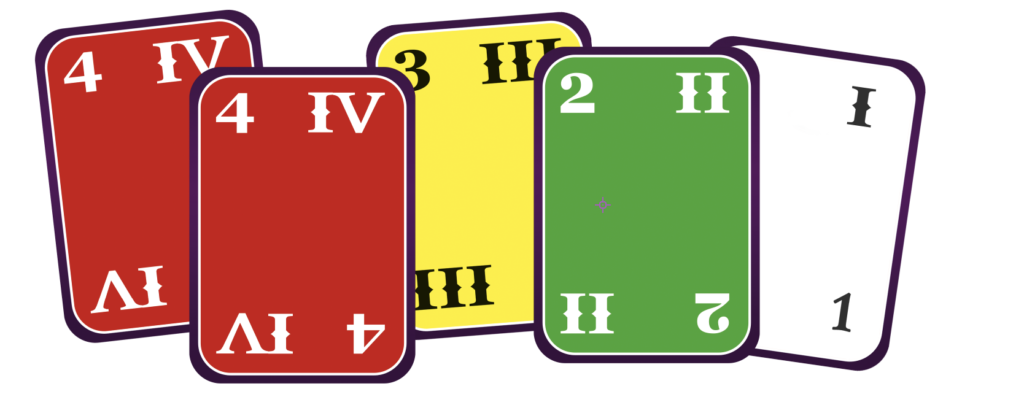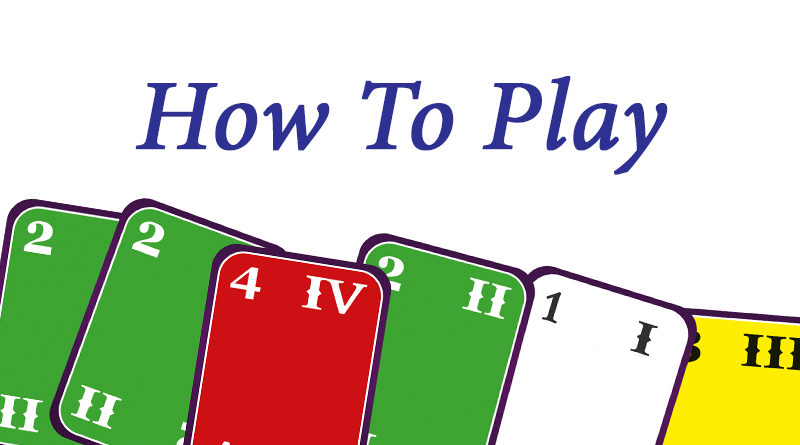The Pre Battle phase
In Renato et Gloriam there is a pre-battle phase to the game. In this example, we will walk through with two example armies and the stages they will go through to get to the battle phase of the game.
Before we begin, we need to talk about those things that will affect this phase of the game. The first of which are army traits. An army trait is an attribute that mirrors the behaviour of its historical archetype.
We have picked a colonial battle with the Portuguese attempting to colonise the new world. The two opposing armies are the Kingdom of Portugal (Colonial Empire) and Tupi.
The army traits for each army for this phase of the game

Domiciled is a trait for those armies that rarely fought outside of their geographical boundaries. As such they are more likely to take a defensive stance in battle.

Militant is a trait for those armies two all naturally aggressive often acting as the invader. With this trait must always try and attack.
Littoral is a trait for those armies that operate close to large water courses. In this example, the Portuguese colonialists will invade from the sea and mostly likely would like to be fighting close to their nearest supply line.
In matched play, the game would normally begin by throwing a dice to determine who picks to be an invader or defender. In this case, because the Tupi are Domiciled then they automatically become the defender and the Portuguese the invader.
The next step in the pre-battle phase is determining the terrain upon which the battle will be fought. The geographies are found from those terrain maps that are available to the defending army. The Tupi only have jungle, so the battle will be fought using the jungle terrain map.

Each player is then dealt a number of PBS cards, which is calculated based on their army commander’s ability and the number of troops that can act as scouts.
The Portuguese have a PBS of 5, and are dealt five cards with only a limited-ability commander and few scouts

The Tupi have six cards. The Tupi army commander is tribal, but they do have access to more scouting troops.

Using the jungle terrain map the defending player places the marker on the starting square of his choice. The cunning Tupi player knows the Portuguese army is Littoral, which means if during the pre-battle movement, the marker ends up in a coastal square (with a deep-water flank) then they will not be able to move away from that square, representing the armies fighting in a position close the line of supply for the Littoral army.
The Tupi want the battle to be deep in the Amazonian jungle where their forces can maximise their capabilities. The selected space is the top right square, as far from the coast as possible.

Next, we play the five days to battle, where each army will be trying to outmanoeuvre each other to try and influence the site of the battle. Each day is represented by a round where each player picks and then simultaneously plays a single card from their PBS hand.
Round 1
The Portuguese player tries to lure the South Americans from the forested hinterland towards the coastline and the point of their arrival. He picks his highest card RED, in order to try and move towards the coast and get terrain more favourable for his troop.
The Tupi player knowing that in one card the Portuguese cannot move to the coast chooses to play a GREEN Card.


The difference in the cards is 2 as such the winner can move the marker one square side to side or one diagonal, the Portuguese player moves South to an area where there is an insecure flank and little in the way of terrain.
Round two
The Tupi are still some way from the sea, however, the terrain they currently occupy currently is sparse which does not suit them. They pick another GREEN card as such the worst that could happen is that the difference would be two better and still not next to the coast.
The Portuguese army is happier with this area, but would still prefer to move again towards the coast. The Portuguese have another trait which is called shore bombardment and that would allow them to use naval guns to support the battle. They would need to have a deep-water flank for this to be available for them. They pick another RED card, their best card, to try and get as close to a deep water square as possible and ‘lock’ the movement to those areas with a coast.

The difference is 2 so again the Portuguese player can be one side-to-side or diagonal they choose to move to a square directly South while the terrain is still featureless there is now a protected flank of woods and rocky ground.
Round three
The Tupi are now dangerously close to the coast so it is their turn to try and influence the battle by picking high-value card, and draw the invaders back deeper into the forest. They pick RED.
The Portuguese have played their two best cards already to try and get that final square next to the sea. Playing a YELLOW.
However, the South Americans have now beaten them by 1 and can therefore move one space side-to-side moving West into the mountains and forests.

Round 4
both sides are running low on good cards now both have spent their best cards during the map phase of the battle. The Portuguese play with a limited choice and pick GREEN hoping the Indians have an equally low hand the Indians also picked GREEN.
With no difference, the battle stays on the current square. In the Mountains and Forest.
Round 5
The Portuguese player picks his last WHITE card.
The Tupi has a choice of two, he has a YELLOW and a WHITE. They have a choice at this point. They could play his yellow card and hope to move further into the forest, or he could risk playing white saving his yellow for the scouting phase of the battle. Given the current square that they are in is diagonal to both 2 deep-water terrain areas he chooses the former and picks Yellow to try and get the best defensive position for his forces deep in the forest.
The difference is that with the Tupi winning again but 1 he can only move in one of the four cardinal directions he chooses to draw the colonial invaders North deeper into the Amazon, the final location where the battle will take place.

The Battlefield has very dense terrain, with the flank secured with Forest and Mountains
…. This concludes our example of Pre-Battle play.

A good explanation, easier than reading it in the rules for a beginner (1 game played)